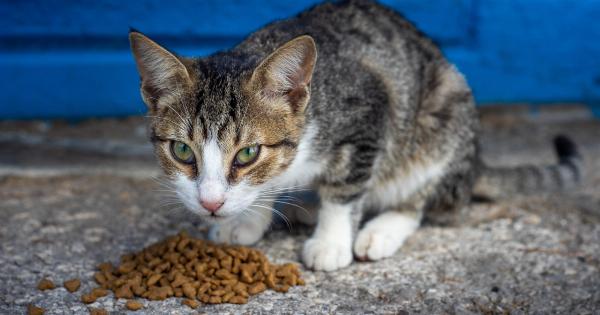Salmonella is a type of bacteria that can cause food poisoning. It’s most commonly contracted through contaminated food or water.
While most people who contract Salmonella will recover without medical treatment, some individuals can experience severe symptoms that require hospitalization. Here are some tips to minimize your risk of Salmonella infection:.
1. Cook your food thoroughly
The best way to kill Salmonella bacteria in food is to cook it thoroughly. Use a food thermometer to ensure that the internal temperature of the food reaches at least 165°F (74°C).
2. Practice good food hygiene
Wash your hands and kitchen surfaces thoroughly before and after handling food. Use separate cutting boards for raw meat, poultry, and seafood to avoid cross-contamination.
Make sure to keep perishable foods refrigerated at a temperature of 40°F (4°C) or below.
3. Avoid consuming raw or undercooked eggs
Eggs can be a source of Salmonella bacteria. Avoid consuming raw or undercooked eggs, including foods that contain raw or partially cooked eggs, such as homemade Caesar dressing or aioli.
4. Be cautious when consuming raw or undercooked meat, poultry, and seafood
Consuming raw or undercooked meat, poultry, and seafood can increase your risk of Salmonella infection. Cook these foods thoroughly to kill any bacteria present.
5. Avoid cross-contamination when preparing food
If you’re using utensils or dishware that have come into contact with raw meat, poultry, or seafood, wash them thoroughly before using them again.
Also, avoid using the same utensils or dishware for raw and cooked food to prevent cross-contamination.
6. Use pasteurized products
Choose pasteurized products, such as milk and cheese, over unpasteurized products. The pasteurization process kills any bacteria present, including Salmonella.
7. Be cautious when consuming sprouts and raw vegetables
Sprouts and raw vegetables can be a source of Salmonella bacteria. Be cautious when consuming them and make sure to wash them thoroughly before eating.
8. Be careful when handling pet reptiles and birds
Reptiles and birds can carry Salmonella bacteria. If you have a pet reptile or bird, be careful when handling them and wash your hands thoroughly afterward.
9. Be cautious when traveling to areas with poor sanitation
Salmonella infection can also be contracted through contaminated water sources in areas with poor sanitation.
If you’re traveling to an area with poor sanitation, be cautious when consuming food and water and consider getting vaccinated against Salmonella if available.
10. Know the symptoms of Salmonella infection
If you develop symptoms of Salmonella infection, such as vomiting, diarrhea, and fever, seek medical attention immediately. It’s important to treat Salmonella infection promptly to prevent complications.



























